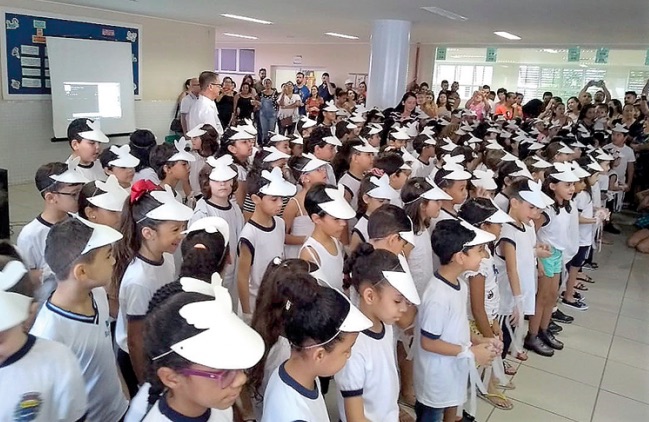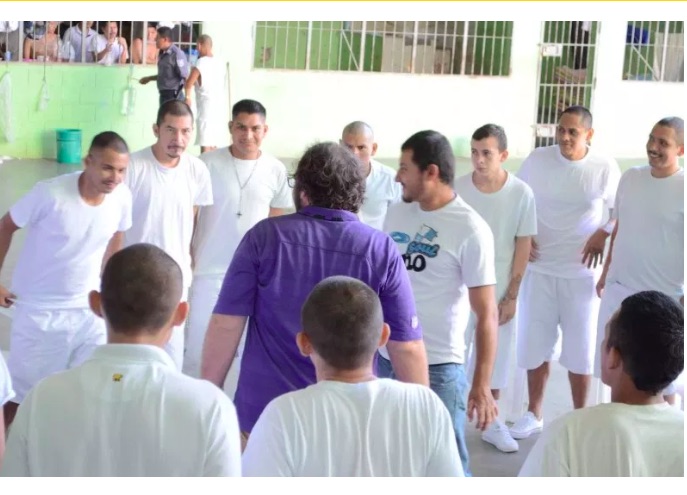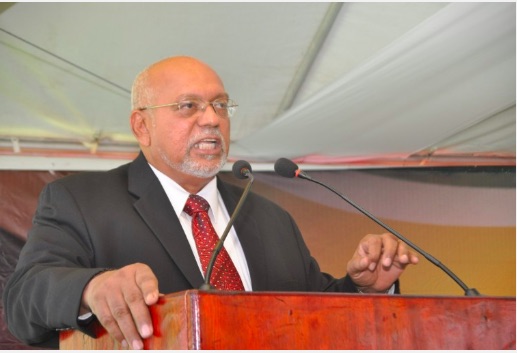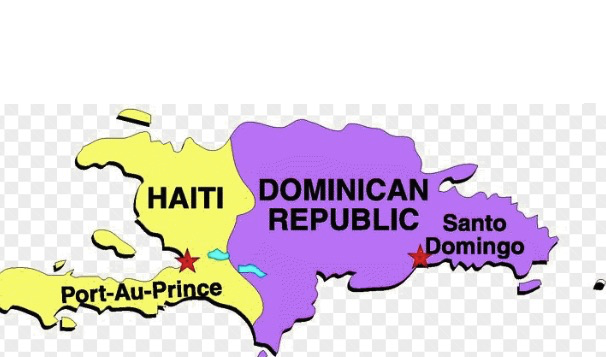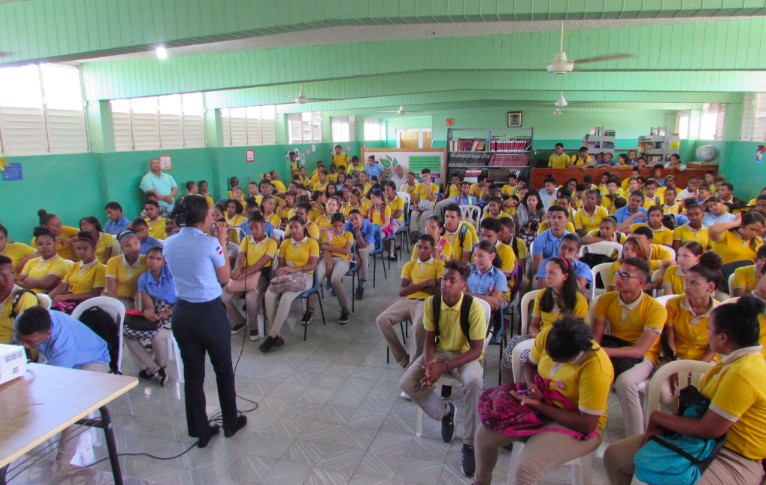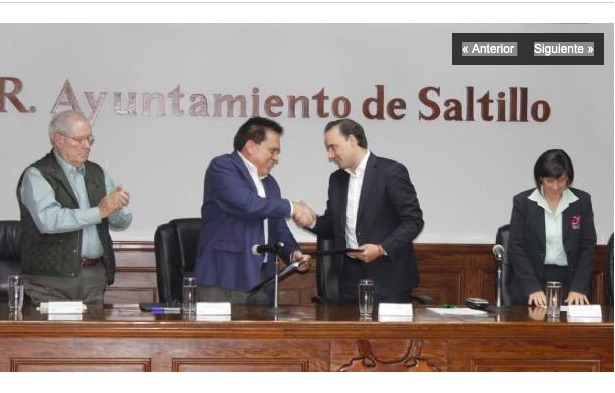FREE FLOW OF INFORMATION
An article from Kienyke Historias
Coming from different places in the south of Colombia, they arrive in groups, dressed in coats, hats and gloves, since many of them are not used to the cold. In their eyes you see a mixture of emotion, expectation and some fear. From different parts of the country, these women have experienced the harshness of violence in the armed conflict.

They are organized in two groups. They greet each other and embrace each other. Some are old acquaintances. They are on the road to rebuilding their lives after having survived different forms of violence. Each story is a world, but all these worlds intersect with common elements.
Those who do not yet know each other present themselves and talk about their hopes, struggles and expectations. Little by little they gain confidence and gather the courage to experience an encounter never before possible. At the end of the afternoon, spontaneously, the group of members of the Departmental Table of Victims decide to go to the room where the other group is assembled, composed of women who were part of the FARC guerrillas in the past.
With songs performed by themselves, they still meet to dance without speaking. Music works as a balm for pains and fears. Finally, they relax and take turns interpreting music from their regions. This is the start of a 3-day meeting in which 40 women, all affected in one way or another by violence, will carry out a process of healing, encounter and forgiveness.
The second day passes and all are working in detail on a drawing of themselves. They portray in each silhouette their feelings, wounds, hopes. Then, around the fire, they talk and share their stories of pain and resilience. Crying is difficult to contain, but it serves to cleanse the soul. Talking about what happened, being heard by others in solidary silence is a way of letting go of the past. Knowing that other women went through the same thing helps relieve the burden. Finally, they are not alone.
(Continued in right column)
(Click here for the original Spanish version of this article.)
Question related to this article:
What is happening in Colombia, Is peace possible?
Do women have a special role to play in the peace movement?
(Continued from left column)
In both halls similar stories are heard. The armed conflict affected the lives of all and left scars, in some physical, in other more emotional.
It’s time to meet again. All the drawn silhouettes are displayed on the wall of the room, without names or faces, all with similar pains. Each woman can see and read the pain of the others and in a symbolic act, all are prepared to write messages of encouragement about the silhouettes they are seeing: “Better days will come, trust in God.
Here are some of the messages that are now seen on the wounds drawn on the silhouettes: “You are a very strong woman”; “Smile at life, since we have life, there is still much to be done”; “Perseverance and resilience”; “Change the pain for gratitude, the world wants to discover all your potential”; “Do not let the bad moments steal your peace, smile”; “There will always be a reason to be happy, women are more than just a face”; “Light to follow, to live, to have hope” … “that those scars are used to build peace”.
There are also hugs of consolation and they lend each other handkerchiefs to dry their tears.
At the end, the participants share some reflections. “Looking at the other drawings make merealize that we share many pains,” says one of them. “The body helps tell our story,” says another.
Now each one paints a clay pot. Landscapes, positive messages, many colors and details are seen in each piece. They work with great dedication and great detail. They leave a part of each craft. Another day has passed and they leave their vessels drying during the night.
The third day arrives and the time of the meeting is over. In a mandala, each group makes an offering. They exchange flowers, vessels, messages of forgiveness and solidarity and reconciliation hugs. Enthusiastic, they express their gratitude for the space and commit to promoting more similar encounters.
Between hugs, music and smiles culminates this first “Meeting of Women, My body, Territory of Peace”, a scenario of recognition among groups of women who have been affected by the conflict. They have gone through a process of psychosocial care enabling to turn the reunion into a true process of reconciliation. A first step has been taken in their joint work, recognizing their transforming role and promoter of a culture of peace. It is no longer two groups that you see in the room. Now they are a single group of women united by solidarity and determined to work together to write a new history.

